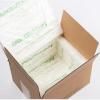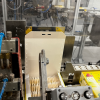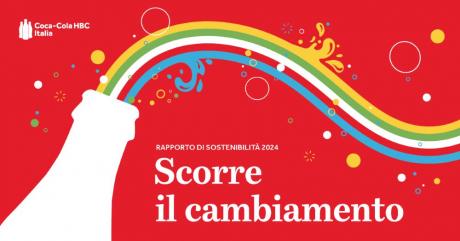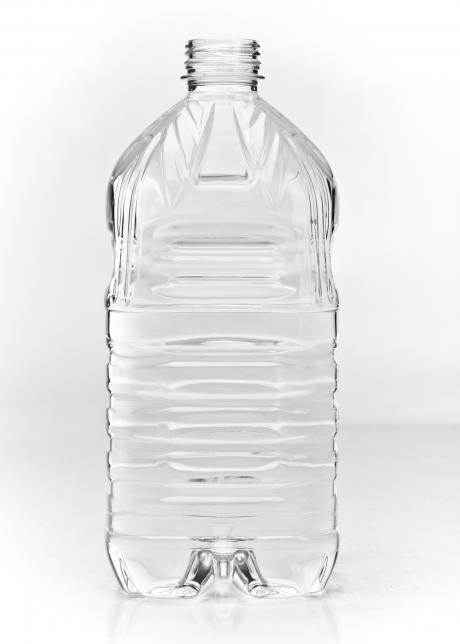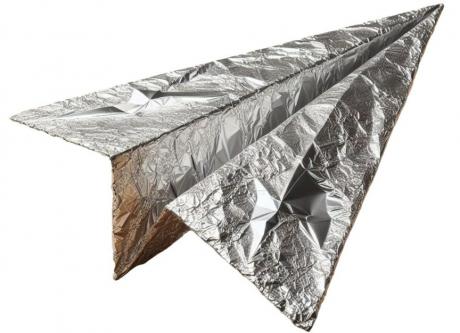A new study, presented by Assovetro, explores sustainability by analysing the recycling performance of four key materials: glass, PET, aluminium, and multilayer.
The focus of the study, conducted by Professor Vincenzo Maria Sglavo from the University of Trento, highlights how glass stands out for its positive ecological impact compared to other materials, thanks to a production process that requires lower energy input, emits less CO2, and has a particularly high recycling rate. In 2024, it is estimated that the recycling rate for glass will reach 81.9%, a remarkable figure when compared to other materials. Additionally, glass can be reused infinitely without compromising the quality of the material.
Marco Ravasi, President of Assovetro, stressed the importance of correct packaging recycling:
Recycling glass not only helps reduce waste and environmental impact but also keeps a resource in circulation that can be reused endlessly, without ever losing its intrinsic qualities.
A Comparison of Materials: Efficiency, Recycling and Consumption
Professor Sglavo's study examined various aspects of container production, including the energy required to produce virgin and recycled material, the CO2 footprint, and water consumption. The results show that, among the materials analysed, glass has the lowest energy consumption and CO2 emissions during production. Its environmental impact during the production of recycled material is also among the lowest, with only 9 Mj/Kg, followed by multilayer with 24 Mj/Kg.
The comparison between the four materials reveals that glass and aluminium emerge as the most efficient in recycling, with glass reaching recycling rates of up to 90%, while PET and multilayer show lower performance. For example, PET had a recycling rate of 60% in 2022, while multilayer packaging did not exceed 40%, with only the paper fraction being recoverable.
Sustainability and Separate Collection
Glass benefits from a well-established separate collection and recycling system. The glass supply chain ensures high-quality secondary raw material, with minimal waste. For every tonne of recycled glass, CO2 emissions are reduced by 300 grams. In contrast, multilayer and aluminium face some challenges, such as oxidation issues that reduce the efficiency of aluminium recycling.
Decline in Container Production in Italy and Europe
In 2024, the production of glass containers fell by 3.4% in Italy, with a 5% drop in bottle production, although there was a significant increase in the production of food jars, which rose by 24.5%. The ongoing geopolitical crisis and economic uncertainty contributed to the decline in demand, not only in Italy but across Europe, with a reduction in glass container production of 8% in the first half of 2024.
Glass Sustainability at the Heart of the Ecological Transition
The study highlights the importance of investing in efficient recycling solutions and valuing materials that can be reused long-term, such as glass. Its ability to be reused and recycled endlessly makes it one of the pillars in the transition to a sustainable future, aiming to reduce the environmental impact of packaging and promote responsible consumption practices.


